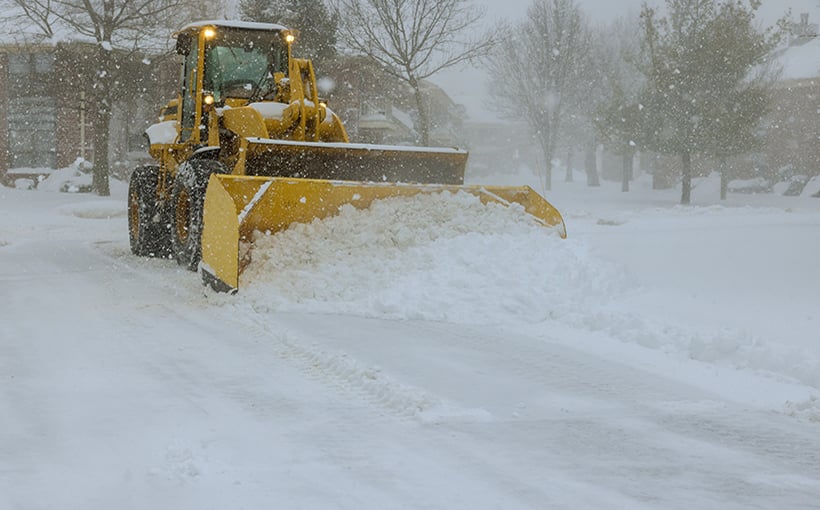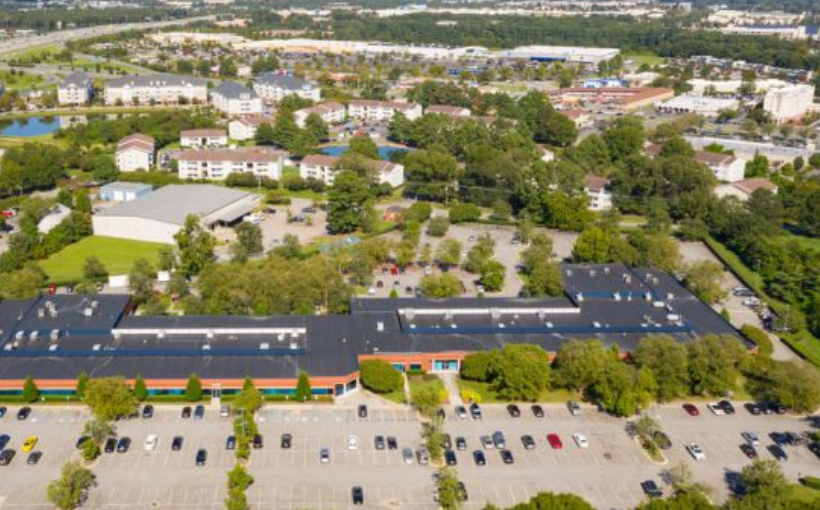Climate change has become a major concern in recent years, with heat-related factors often taking center stage in discussions and media coverage. However, the rise of extreme hurricanes, destructive wildfires and devastating droughts have also captured headlines.
A new report from the Urban Land Institute titled “Cold Snap: Extreme Cold and Real Estate” sheds light on another aspect of climate change – its impact on cold weather conditions. The report highlights how winter storms and freezing temperatures can be just as damaging as heat waves or hurricanes. In fact, according to data from insurance company Munich Re cited in the report, five of the costliest winter storms between 2013-2022 caused nearly $50 billion worth of damages.
While global warming continues to raise overall temperatures around the world, it also leads to colder weather patterns and heavier snowfall. This is due in part to changes in jet stream patterns influenced by rapid warming at Earth’s poles. As stated by the ULI report: “Among natural hazards affected by climate change…extreme cold has been attributed with highest certainty.”
The impacts of extreme cold go beyond damage to buildings; they can also lead to power outages and loss of income for businesses forced into closures or disruptions. Hazards such as roof collapses from heavy snow loads or ice dams pose significant risks for property owners who may not be adequately protected by insurance policies.
However, there are solutions that can help mitigate these risks outlined within five categories identified by ULI:
1) Improving building envelope strength through measures like anchoring attached structures or using simple roof designs.
2) Developing energy resilience through retrofitting systems for all-electric use.
3) Utilizing green infrastructure strategies such as windbreaks or resilient landscaping.
4) Creating preparedness plans including business continuity planning.
5) Protecting water systems through leak repairs and installing freeze protection on plumbing.
By implementing these strategies proactively now rather than waiting until after a disaster strikes, property owners and landlords can better protect their investments from the impacts of extreme cold weather events.




